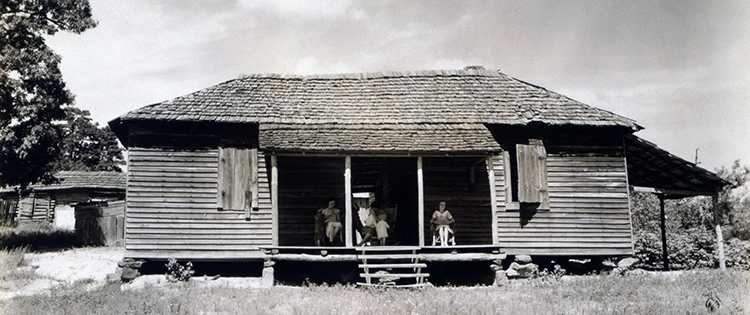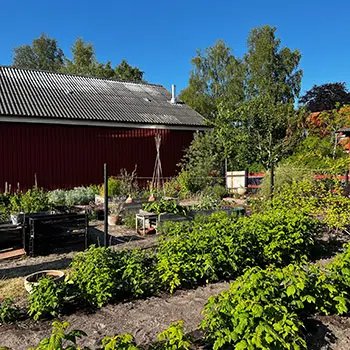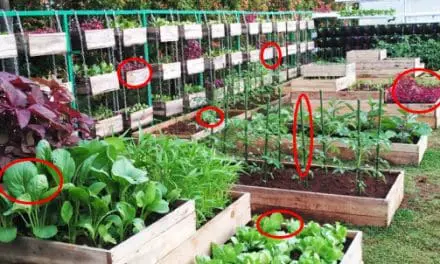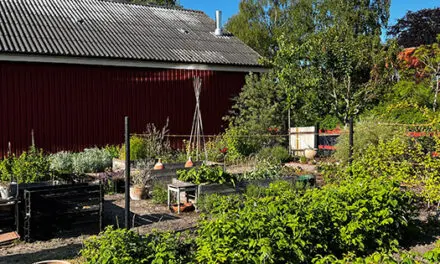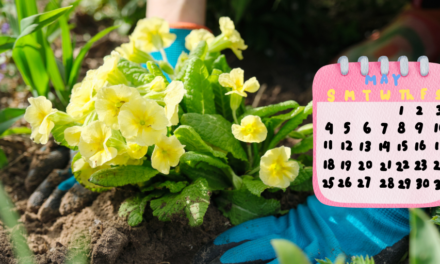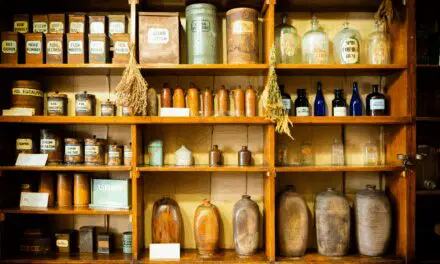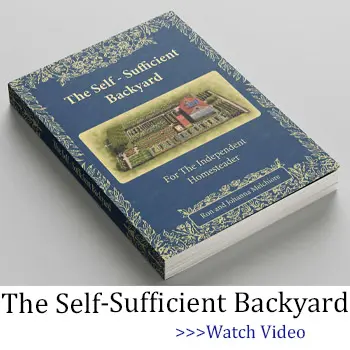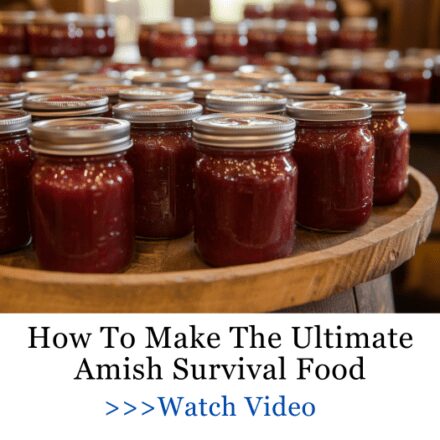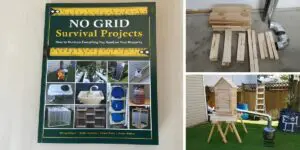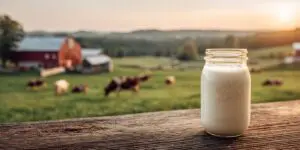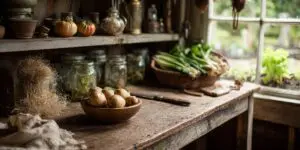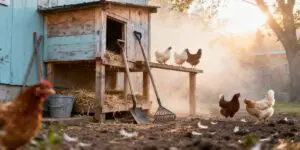My grandfather was just a teenager when the stock market crashed in 1929. He’d often recount how his family’s comfortable life in Chicago crumbled overnight.
“One day we were eating steak, the next we were scraping by on beans,” he’d say, his eyes distant with memory.
Those lean years taught him invaluable lessons about resource management, creativity, and the true meaning of wealth.
His stories weren’t just tales from a bygone era – they were lessons that have profoundly impacted my life and homestead.
Not only have they helped me save money, but also made me more self-sufficient.
Cultivating a Thrifty Mindset
The cornerstone of my grandfather’s frugal philosophy wasn’t just about pinching pennies—it was a complete shift in how he viewed money and resources.
This mindset, ingrained in him during the Great Depression, became the bedrock of my own approach to homesteading.
“Money’s just a tool, boy,” Grandpa John would tell me.
“It’s what you do with it that counts.”
This simple statement revolutionized my thinking. I’d grown up in a world of easy credit and impulse purchases, but Grandpa’s wisdom made me question every spending decision.
Related: These Items Vanished When The Great Depression Hit
Here’s how I’ve incorporated a thrifty mindset into my homesteading life: I begin by questioning every purchase. I ask myself whether the item is truly necessary and if I can manage with what I already have. I also focus on value rather than just price; investing in high-quality items often proves to be more cost-effective over time.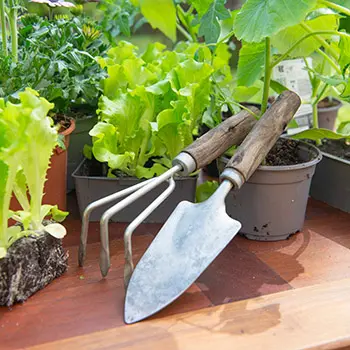
For example, my durable, hand-forged garden tools have far outlasted numerous cheaper alternatives. Additionally, I embrace delayed gratification by saving up for significant purchases instead of relying on credit. This approach has helped me stay debt-free and has made me more appreciative of what I have.
Shifting from a consumerist to a minimalist mindset wasn’t easy. It required constant vigilance and a willingness to challenge societal norms. But the rewards have been immeasurable.
Not only have I saved money, but I’ve also gained a sense of control over my finances and a deeper appreciation for what truly matters.
Growing Your Own Food
When I think about the most impactful lesson my grandfather taught me, it’s undoubtedly the importance of growing our own food.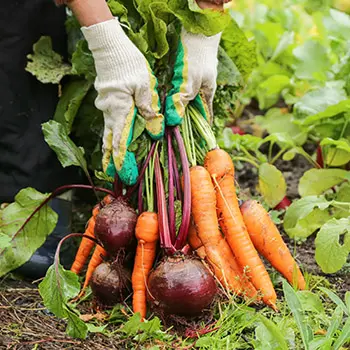
“A man with a garden is never poor,” he’d often say, and I’ve found this to be profoundly true in my homesteading journey.
My grandfather’s gardening practices were a blend of old-world wisdom and Depression-era ingenuity.
I make it a point to maximize every inch of space. My grandpa taught me to interplant crops and use vertical space through companion planting to boost yields. I’ve expanded on this by incorporating square-foot gardening techniques.
Related: How Much Money I Saved in a Year By Growing My Own Food
I also embrace diversity, remembering Grandpa’s advice to not put all my eggs in one basket. By growing a wide variety of crops, I ensure that even if one fails, we still have plenty to eat. Additionally, I strive to work with nature rather than against it. I utilize natural pest control methods and build healthy soil through composting, which helps create a garden ecosystem that largely takes care of itself.
The economic benefits of self-sufficiency through gardening have been staggering.
Last year, I decided to track the value of our garden’s produce compared to store prices:
| Crop | Amount Harvested | Store Value | Cost to Grow | Net Savings |
|---|---|---|---|---|
| Tomatoes | 200 lbs | $600 | $20 | $580 |
| Lettuce | 100 heads | $200 | $10 | $190 |
| Zucchini | 150 lbs | $300 | $15 | $285 |
| Bell Peppers | 100 lbs | $400 | $25 | $375 |
| Herbs | Various | $500 | $30 | $470 |
| Total | $2000 | $100 | $1900 |
These numbers don’t even account for the superior taste and nutritional value of home-grown produce, nor the satisfaction of eating food you’ve nurtured from seed to table.
Preserving the Harvest
There’s a special kind of magic in a well-stocked pantry. I learned this from my grandfather, who viewed food preservation not as a chore, but as an art form.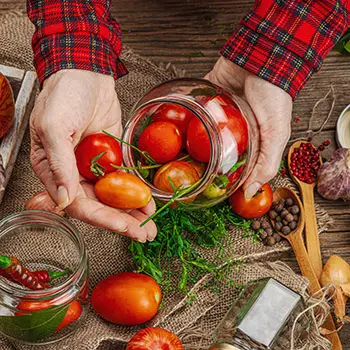
My grandfather’s methods of preserving were both diverse and ingenious. He carefully dried herbs, fruits, and even some vegetables, a practice I’ve modernized with a food dehydrator while still using Grandpa’s old drying racks for herbs. Fermentation was another staple (you have a great fermentation guide here); he made sauerkraut, pickles, and other fermented foods, a tradition I’ve fully embraced by experimenting with everything from kimchi to kombucha.
Related: 10 Expired Foods That Will Help You Outlive A Crisis
Additionally, Grandpa taught me the art of root cellaring, storing root vegetables and apples in a cool, dark place. I’ve adapted this technique by constructing a modern root cellar built into a hillside on my property.
While traditional methods form the backbone of my preservation practices, I’ve also integrated modern techniques and equipment. For freezer storage, I use vacuum sealing to keep foods fresh for longer. I employ steam juicing for efficient juice and jelly making, which streamlines the process. Additionally, I’ve adopted freeze-drying for long-term storage of fruits and vegetables, ensuring they remain preserved and nutritious.
The economic impact of food preservation on my homestead has been nothing short of significant.
Repair and Reuse
“If it ain’t broken, don’t fix it. If it is broken, fix it yourself.”
This was one of my grandfather’s favorite sayings, and it’s become a mantra in my homesteading life.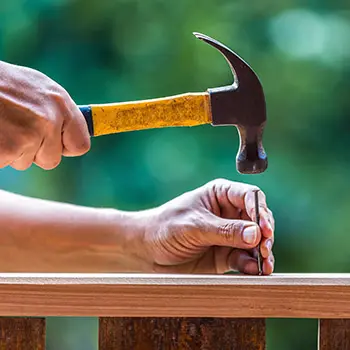
Nowadays, reusing and repairing skills have become more valuable than ever.
With patience, the right tools, and a willingness to learn, you can repair almost anything on your homestead. Over the years, I’ve honed several repair skills. In carpentry, I’m capable of building and repairing everything from chicken coops to storage sheds.
Related: How To Repurpose Old Items Into New Projects For Your Backyard
My plumbing skills allow me to tackle simple repairs, such as fixing leaky faucets or replacing pipes, which has saved me a significant amount in plumber fees. Additionally, sewing and mending, a skill passed down from my grandmother, has proven invaluable for extending the life of clothes and linens.
But repair is only half the equation. Reusing items in creative ways has become a sort of game on our homestead. Here are some of my favorite reuse projects: I turn old tires into planters for strawberries, giving them a new purpose while enhancing my garden.
Broken dishes are repurposed into beautiful mosaic stepping stones, adding a unique touch to the pathways. Worn-out jeans are transformed into sturdy aprons for farm work, making practical use of materials that would otherwise be discarded.
Living Simply
“The secret to happiness? Want what you have.” My grandfather’s words echo in my mind every time I’m tempted by the latest gadget or trend. His philosophy of simple living, born from the hardships of the Great Depression, has become my north star in navigating the complexities of modern homesteading.
I’ve incorporated my grandfather’s philosophy of simple living into my homestead in several meaningful ways. We prioritize experiences over possessions, choosing to invest in activities that enrich our lives rather than acquiring more things.
Embracing multi-functional items is another key principle; every item on our homestead serves multiple purposes to maximize efficiency. We practice the “one in, one out” rule, ensuring that whenever we bring something new onto the homestead, something else must go.
Focusing on quality over quantity is important to us—we prefer to have a few well-made items that last rather than a house full of cheap, disposable goods. Finally, we cultivate contentment by making daily practices of gratitude, acknowledging the abundance we already have in our lives.
Time to Use This Timeless Wisdom
As I reflect on the lessons my grandfather taught me, I’m struck by how relevant his Depression-era wisdom remains in our fast-paced, consumer-driven world.
I’ve learned that true wealth isn’t measured by the size of your bank account or the gadgets you own.
It’s found in the skills you develop, the food you grow, the community you build, and the simple joys you cultivate each day.
I urge you to incorporate these frugal lessons into your own life and get back to me with your results.
So, which one are you going to start with first?
Pioneer Recipes Every Homesteader Should Learn (Video)

